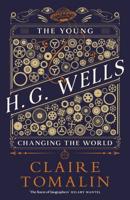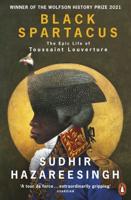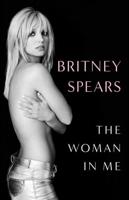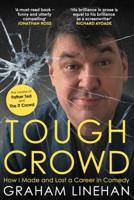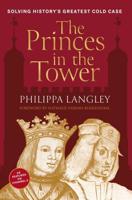Publisher's Synopsis
*Includes pictures
*Includes online resources and a bibliography for further reading
"Nothing in life is to be feared, it is only to be understood. Now is the time to understand more, so that we may fear less." - Marie Curie
"Is it right to probe so deeply into Nature's secrets? The question must here be raised whether it will benefit mankind, or whether the knowledge will be harmful." - Pierre Curie
The tens of millions who perished in the First World War - not to mention the horrendous turmoil that culminated in the outbreak of its successor - understandably marred the conception of the first decades of the 20th century. However, during that time, unparalleled minds from all over the globe unsnarled age-old mysteries and perfected prevailing theories, conjuring up wave after wave of breakthroughs that catapulted the world of science to unprecedented heights. Owing to this influx of novel ideas and innovative concepts, conferences had to be assembled to keep the relevant scientific spheres apprised of the latest advances. The formation of such conferences also allowed them to confront burning questions and investigate unexplored realms in their respective fields.
The most notable of these gatherings was the Fifth Solvay International Conference on Electrons and Photons (attended by those pictured), 16 years after its inception. Not only did this batch of physicists aim to dissect the recently structured quantum theory, realists and instrumentalists intended to resolve the debate on scientific methods once and for all. The dispute ultimately ended in favor of the latter.
In the picture of the conference participants, near none other than Albert Einstein, is an older scientist with a solemn face lined with wisdom, framed by the wispy, snow-white flyaways of her characteristic loose bun. Her thin lips are somewhat pursed in a scowl, and there is an aura of confidence radiating from her, the lone woman amidst a pack of exalted, intimidating men. Her shoulders are relaxed, her legs are crossed under her plain black cloak, and her felt bowler hat rests casually against her lap. This is none other than Madame Marie Curie, who not only cracked the glass ceiling but completely shattered it.
Not surprisingly, early 20th century society, stunted by its narrow, patriarchal mindset, assailed her with double the toilsome trials and taxing tribulations, many of which were unique to her solely on account of her gender. Be that as it may, the tenacious pupil-turned-savant soldiered on through the discrimination and clambered over the often gratuitous stumbling blocks, ultimately cementing her place in history as one of the greatest scientists of all time.
The fact Pierre has mostly been forgotten is the textbook definition of irony, because even the most enlightened minds of the early 20th century were stunted by a narrow, patriarchal mindset, forcing Marie to confront obstacles and tribulations that were unique solely to her as a scientist solely on account of gender. As such, some of her most groundbreaking moments would feature Pierre receiving the credit or giving the commemorative speech. It would be long after his death that his wife managed to ultimately cement her legacy as one of the greatest scientists of all time, and while their respective positions have changed over time, Pierre's personal discoveries continue to live on in a variety of vessels, from the ticking quartz watch on one's wrist to motors and engines, and even military-grade ultrasonic devices.
Pierre and Marie Curie: The Lives and Careers of the Science's Most Groundbreaking Couple examines the life and career that made him one of the world's foremost scientists of his time. Along with pictures of important people, places, and events, you will learn about Pierre Curie like never before.

